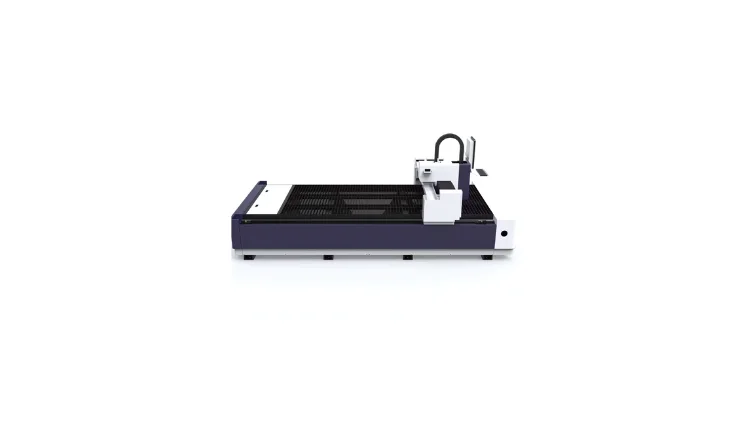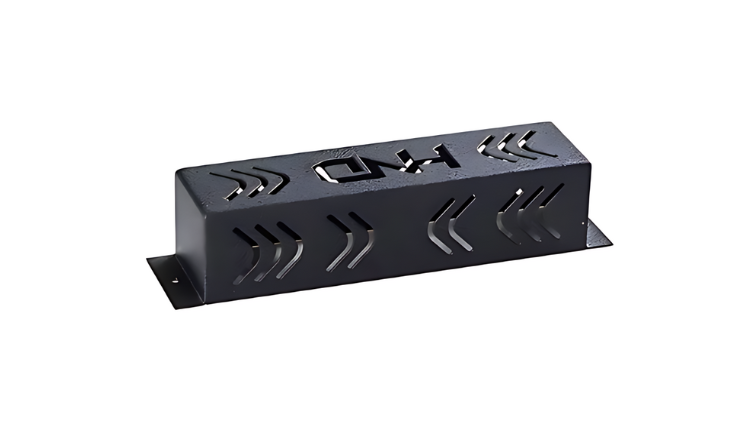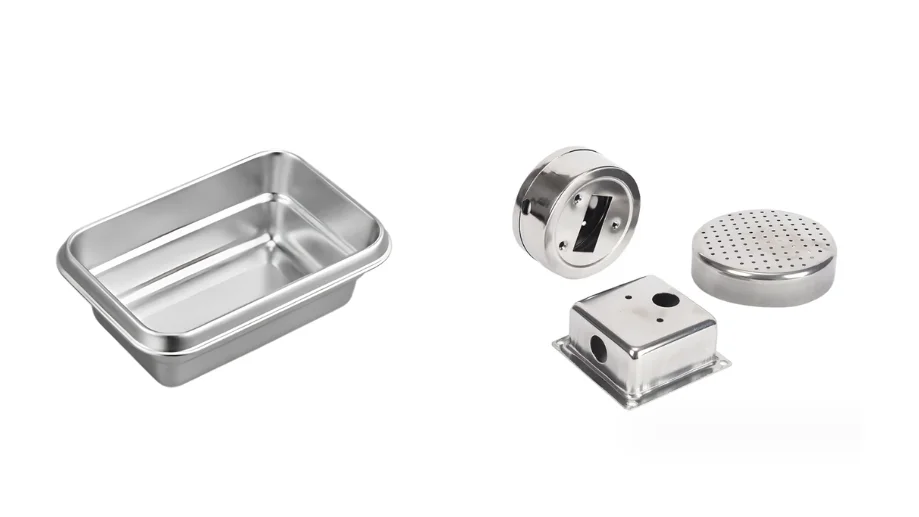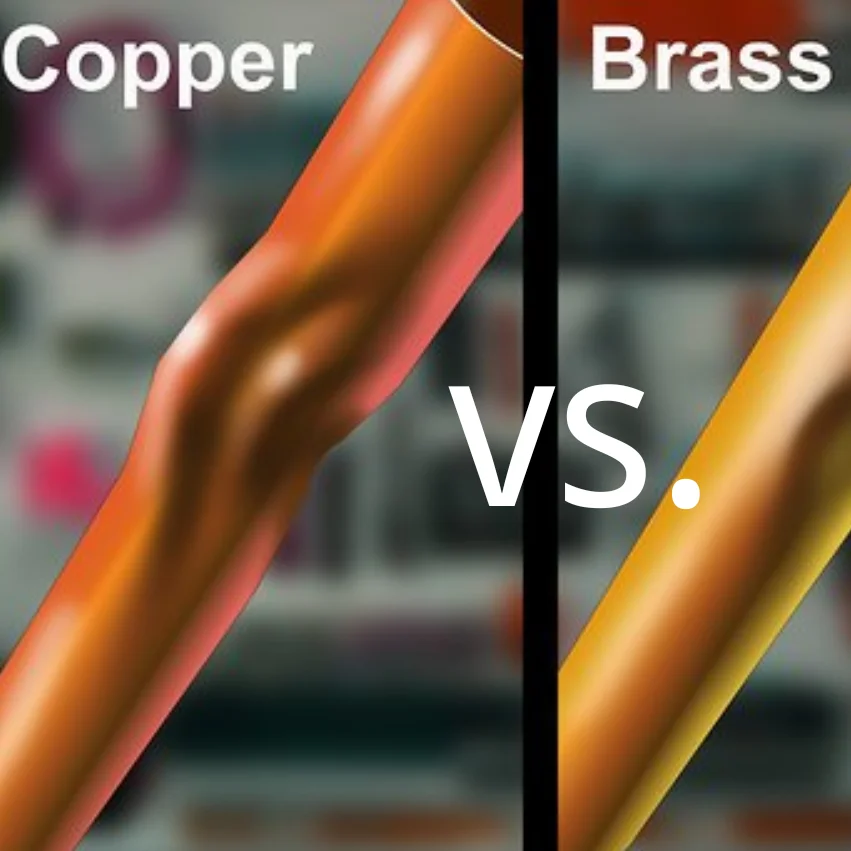Laser cutting is a technology that uses high-energy lasers to precisely cut materials. It offers significant accuracy and efficiency, but also faces challenges such as high cost and material limitations. This paper will explore these advantages and disadvantages.
What is Laser Cutting?
Laser cutting utilizes a high-powered laser focused on the surface of the material, which melts, burns or vaporizes the material to produce a precise and clean cut. It offers unique accuracy and speed advantages over traditional cutting methods.
Laser cutting machines is a device that utilizes a high-powered laser beam to cut materials with high precision. To learn more about prices and types of laser cutting, check out this blog.
A laser cutter is similar to a CNC machine tool in that it uses a high power laser to cut a material or beam by directing the laser through a CNC and optics and controlling the cutting and movement of the material using a CNC or G-code.
A laser cutter directs the laser beam at the surface of the material and focuses the laser beam to a very small point depending on the intensity and duration of the laser exposure. When the laser beam is focused, the material melts, vaporizes and burns and a high quality edge surface is obtained by gas injection.
The laser material is stimulated by a lamp or discharge to produce a laser beam in a closed container. The diameter of the thinnest edge of the laser beam is usually less than 0.32 mm and the kerf width can be as small as 0.10 mm, but this depends on the material thickness. If the laser cutter cannot cut from the edge of the material, a perforation process is used, which takes 5 to 15 seconds to burn through a 13 mm stainless steel plate.

What is Laser Cutting Used For
Laser cutting is widely used in various industries due to its high precision and efficiency. Here are some of the common uses:
- Manufacturing: Laser cutting is very important in the manufacturing industry for creating precision parts with smooth surfaces. It is used to cut metals, plastics and composites for automotive, aerospace and electronic components.
- Manufacturing: In the manufacturing industry, laser cutting is used to shape structural materials for machinery and buildings. It is especially useful for cutting thick steel plates.
- Art & Design: Artists and designers often use laser cutting to create intricate patterns and shapes in materials such as wood, acrylic and paper.
- Fashion and Textiles: Laser cutting can be used to cut fine patterns in fabrics and leather, allowing for intricate designs that would be difficult to achieve with traditional cutting methods.
- Signage: Companies use laser cutting technology to create fine, durable signs on metal, wood and plastic.
- Jewelry: Laser cutting allows for precise cutting and engraving of metals, enabling jewelers to create detailed and beautiful designs.
Advantages of Laser Cutting
With a range of advantages such as flexibility, precision, speed, high quality, versatility, and automation potential in metal fabrication and other areas, laser cutting services are uniquely suited in a wide range of industries.
Dexterity
With the ability to handle materials of all shapes and sizes, including curves, circles, and complex geometries, laser cutting has a wide range of applications in several fields. Compared to traditional cutting methods, laser cutting is not constrained by special tools or molds, so it can easily respond to different design requirements.
Precision
Laser cutting of materials is very precise, utilizing a focused beam of light for the operation. Despite the power of the laser, its accuracy in melting and vaporizing material is unmatched. Typically, laser cutting tolerances range from 0.003 to 0.006 millimeters.
Higher Quality
Laser cutting machines, when properly set up, usually leave only tiny burrs and in most cases do not need to be removed. This depends on the material, thickness and other factors. In addition, the heat-affected zone is smaller, which means more predictability and reliability of the part as the microstructure changes.
Versatility
One of the most important advantages of laser cutting is its versatility. For starters, it can handle a wide range of different types of materials, including metals (e.g. aluminum, steel, stainless steel), fiberboard, wood and paper. One of the popular areas of application is laser cutting of aluminum, see blog: laser cutting aluminum.
In addition, many laser cutting machines are not limited to cutting, but can also be used for laser marking, which has a wide range of applications in everyday product manufacturing. Finally, laser cutting technology is also suitable for materials of all shapes, including tubing, and a wide range of profiles from square to round can be processed with ease.
Automatization
The automation of laser cutting is reflected in the fact that only one skilled operator is required to supervise machine operation, ensure product quality and perform initial setup. In contrast, it requires less human intervention and upfront investment costs, and is equipped with a feed system and subsequent conveyor, allowing for increased production speeds.
Tempo
Laser cutting is faster compared to traditional mechanical cutting methods, especially when dealing with complex cuts and projects. Compared to other thermal cutting methods such as plasma or flame cutting, lasers lead the way in terms of speed, albeit limited to certain thicknesses, usually around 10 millimeters or so.
Disadvantages of Laser Cutting
While there are many advantages to laser cutting, there are also some disadvantages that need to be considered. In the following, we will discuss some of them in detail.
Limitations on Material Thickness
In contrast to other thermal cutting methods, laser cutting is not suitable for handling very thick plates. The maximum thickness applicable depends on the mechanical equipment and expertise available. In general, metal manufacturing companies prefer to use laser cutting for metals 15 to 20 millimeters thick.
Dangerous Fumes
Laser cutting has the advantage of being able to cut a wide range of materials, but the thermal cutting process releases harmful gases and fumes, especially when cutting plastics. Therefore, it is expensive to invest in a ventilation system to ensure a safe working environment.
Upfront Costs
The initial investment in laser cutting technology can be quite a burden for businesses, especially small businesses:
- Utilizing laser cutting is an expensive asset in its own right.
- Training of staff is required to ensure that they can use this equipment safely and efficiently, and this can also add to the overall cost to the company.

Set the Laser Cutting Parameters
Laser cutting parameters are essential settings that affect the cutting process. Here are the key parameters:
- Laser Power: The strength of the laser, higher power cuts thicker materials.
- Cutting Speed: How fast the laser moves over the material; faster speeds can reduce cutting time but might lower quality.
- Pulse Frequency: For pulsed lasers, how often the laser pulses on and off, affects the heat applied to the material.
- Focus Point: Where the laser beam focuses on the material; correct focusing is crucial for precise cuts.
- Air Assist: A stream of gas, like air or nitrogen, that helps remove debris and cool the cut area.
- Nozzle Distance: The gap between the nozzle and the material, which influences the airflow and laser focus.
- Material Type and Thickness: Different materials and their thicknesses require adjustments in all parameters to optimize cutting.
Speed
Higher speeds can reduce cutting time, but cut quality will suffer if power is not distributed properly. Normally the speed parameters are as follows:
- Thin plate: 10-30 m/min
- Medium thickness: 5-15 meters/minute
- Thick plate: 1-5 m/min
Energy
Setting the laser’s energy output per second allows the laser to melt, vaporize or burn material faster, thus speeding up the cutting process. Below are the energy parameter settings that are typically used:
- For thin plates (up to 1 mm): 150-500 watts
- For medium thickness (1-3 mm): 500-1500 watts
- For thicker plates (over 3 mm): 1500-4000 watts
Conclusion
Despite some minor drawbacks, laser cutting offers huge advantages in metal processing. If you are in need of laser cutting services, including tube, metal and CNC laser cutting, please feel free to contact Shanghai Vito Hardware Co. By filling out our quote request form, we will respond quickly to your needs and ensure that you receive the highest quality product at the lowest price.




